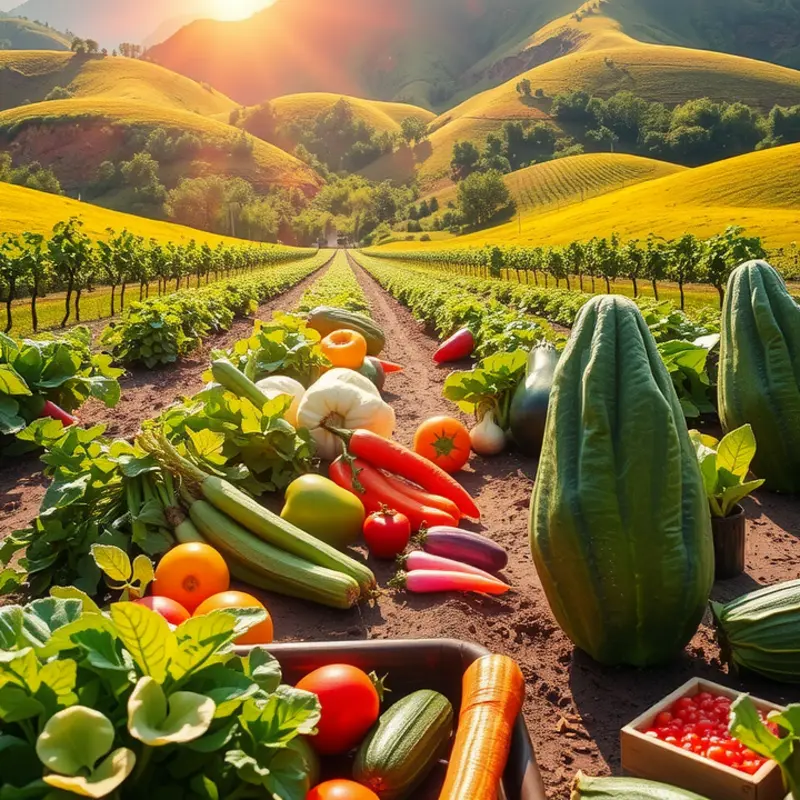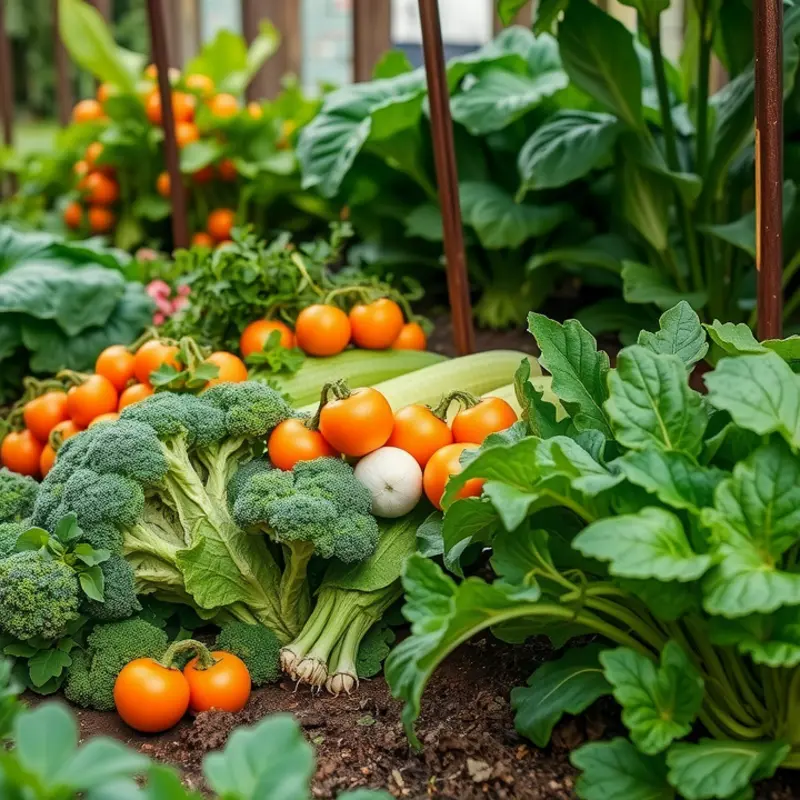Busy individuals and families often find meal planning and preparation overwhelming, leading to wasted ingredients and time. This guide offers practical strategies to efficiently reuse ingredients, simplifying your meal routines and saving you valuable time. Discover how you can create flexible meals with minimal waste, ensuring you make the most out of every grocery run while enjoying delicious, nutritious dishes.
The Magic of Versatile Ingredients

Selecting versatile ingredients is the cornerstone of efficient meal prep, transforming the way you plan and cook. These staples simplify cooking by adapting to a multitude of recipes, saving time and minimizing waste. An essential versatile ingredient is the humble chicken breast. With this, you can create dishes such as stir-fries, salads, or tacos, showcasing its adaptability to various cuisines.
Another exemplary ingredient is the humble egg. Beyond breakfast, eggs can be a protein boost in salads, a base for quiches, or a topping for grain bowls. This ability to morph quickly into any meal part makes the egg an invaluable staple. Quinoa, a nutrient-dense grain, is another fantastic choice. It can function as a salad base, soup filling, or side dish, seamlessly assimilating flavors from other ingredients.
Spinach serves as a versatile vegetable that brings nutritious advantages to any dish. It can enhance smoothies, add body to pasta, or be a nutritious topping for pizzas. Similarly, canned tomatoes can transition from the base of a hearty stew to a zesty pasta sauce. Their versatility ensures they are never wasted.
Tips for Incorporation:
-
Batch Cooking: Begin with a large batch of a base ingredient like quinoa. Throughout the week, repurpose it in salads, soups, and stews, changing up spices and add-ins to keep flavors fresh and exciting. For more about batch cooking strategies, visit Practical Ingredient Batching.
-
Creative Reuse: Make a roast chicken on Sunday. Use remaining meat in a sandwich or a savory pie. The bones make an excellent stock for a warming soup.
-
Utilize Scraps: Spinach stems or tomato tops can be used in broths or blended into sauces. A bit of creativity ensures nothing goes to waste.
Embracing versatile ingredients encourages a streamlined approach in the kitchen. It’s about thinking creatively and viewing ingredients as tools for exploration. When your pantry is stocked with these adaptable staples, meal times become less daunting, turning cooking into an enjoyable activity rather than a chore. With a few key ingredients on hand, the possibilities for easy, delicious meals are endless.
Creative Meal Combos: Leftovers Reimagined

Transforming leftovers into new meals is an art. It not only saves time and money but also minimizes food waste. Let’s explore creative ways to repurpose last night’s dinner into today’s exciting meal options.
Consider the concepts of base ingredients and flavor profiles. A chicken roast can become a base for various meals. Shred the leftover chicken and mix it into a creamy pasta sauce, or add it to a salad for a protein-packed lunch. Leftover grilled vegetables can add depth to a morning omelet or be blended into a soup.
One favored technique involves soups and stews. They allow for flexibility, accommodating many leftover components like meats, grains, and vegetables. Adding different herbs and spices can shift the flavor profile dramatically. A simple change from basil to cumin can turn an Italian minestrone into a North African-inspired dish.
Another strategy to breathe new life into leftovers is to adopt a global mindset. Consider integrating elements from different cuisines that utilize similar base ingredients. For example, leftover rice can be the star of a comforting fried rice, a spicy jambalaya, or a savory rice pudding. This approach not only spices up your meal but also broadens your culinary repertoire.
Don’t forget about the wonders of a good wrap or sandwich. Leftover steak slices, paired with some greens and a bold mustard or aioli, can create a hearty sandwich that is perfect for lunch. Alternatively, mix turkey or ham with a spoonful of cranberry sauce or cheese to prepare a delightful wrap.
Quiches and frittatas provide another versatile solution. With a simple egg mixture, any combination of leftovers can turn into a delightful brunch dish. Add dairy or non-dairy options for creaminess, and you’ll have a nutritious meal ready in no time.
Keyword salads also represent a creative opportunity. Leftover quinoa or pasta tossed with fresh veggies, leftover proteins, and a homemade vinaigrette can create a refreshing dish. Minimal Prep Dinner Ideas can provide more ideas on how to work these transformations into your routine.
Storage is key; keep your ingredients fresh and safe for reuse. Efficient refrigeration and smart use of airtight containers ensure your leftovers are always ready to be molded into your next meal masterpiece. Remember, the trick is to think of leftovers not as remnants, but as components waiting for their moment to shine in a new dish. Retrain your culinary imagination and you’ll always find a way to surprise your taste buds with minimal effort.
Final words
By incorporating efficient ingredient reuse into your meal planning routine, you can save significant time and reduce food waste, all while preparing nutritious meals for your family. Remember, the key lies in flexibility and creativity. Whether it’s selecting versatile ingredients or finding new ways to enjoy leftovers, every meal is an opportunity to simplify your cooking process. Start small, focus on a few core ingredients, and let your culinary creativity shine! The important thing is to enjoy your time in the kitchen and make meals that nourish both your body and spirit.







